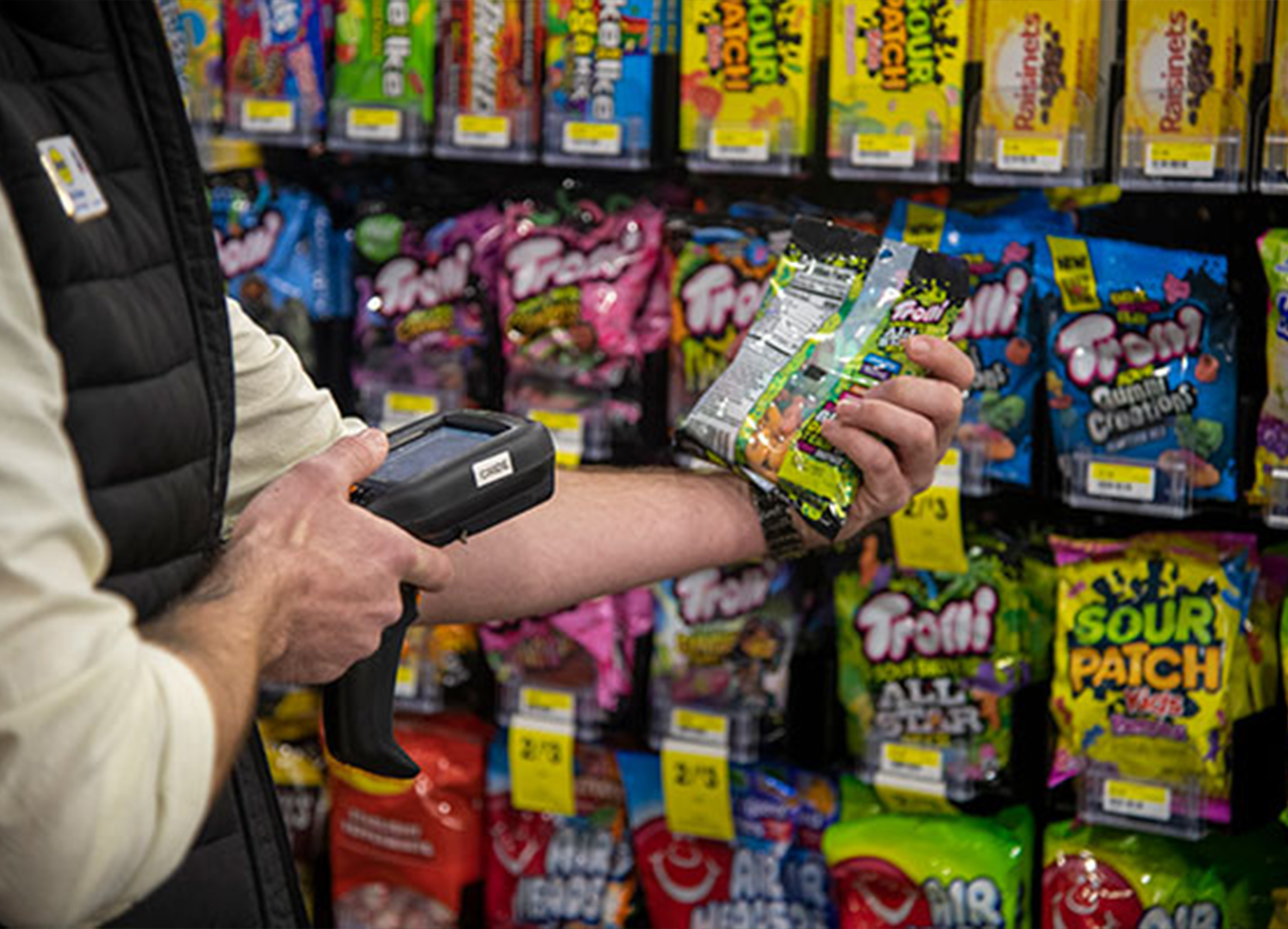
Typically, once a year, consumer packaged goods (CPG) suppliers engage convenience store operators in negotiations with store re-sets. This has historically been a somewhat clumsy conversation for one key reason—the lack of detailed data each party has access to regarding what sells and what doesn’t.
Since sales is the crux of the conversation, the parties spend most of their time reconciling their two different views of store activity. The operators have traditionally had their enterprise resource planning (ERP) systems data to know what’s coming into the stores, and point-of-sale (POS) accounting to know—in general terms—what is getting sold. Suppliers (manufacturers, distributors, or brokers) have their restocking records that should roughly mirror the operators’ information.
Other “data” might include comparable performance in other stores. The vendor may be able to share what’s working for competitors (in general terms) while operators can look at other stores in their system. As for promotions, they can both use the same calendar to check sales during a promotion period.
Now, new receipt-level POS data capture and analytics capabilities are giving both parties in these negotiations the granular insights they need to make more profitable decisions faster. If knowledge is power, this could change the power dynamics in re-set talks for the better.
Merchandise Selection
This is usually the meat of the discussion. And, traditionally it has not gone much deeper than which brands are staples, which new products are worth a try, and which SKUs will be dropped to make room for them. More detailed POS data makes these decisions much easier. The time saved can then be used to optimize the product mix based on a deeper understanding of what—precisely—is selling.
The receipt-level data includes sizes, flavors, and packaging (i.e. cans vs. bottles) information that can heavily influence contract decisions. While the staples may hold their own from year to year, which SKUs are driving most of that business may differ from the original assumptions. If new products are moving more quickly than some older ones (as determined by time-stamping of receipts), there may be an opportunity to sell even more.
The time-stamp information can also allow contracts to include performance contingencies for trials of new products. If sales are not tracking as projected, adjustments can be made based on detailed and transparent performance.
And, the products on the chopping block? Performance may not be as bad as it appears. A specific SKU may be dragging down an entire brand. An analysis of receipt-level data can identify the real weaklings without impacting total product selection and customer options.
Space and Placement
For operators, this part of the negotiation is about their most precious commodities—shelf space and store traffic. But, with enough of the right data, the negotiations can focus on the goal of revenue per square foot.
Instead of brands seeking a chunk of shelf space and divvying that up between their SKUs, operators can subdivide their shelf space in whatever way drives the most revenue and profit. With precise dollar values overlaying the plan-o-gram, the operator can maximize return on their space and suppliers can propose SKUs accordingly.
These insights can be applied right down to where products are placed in the store for maximum sell-through. By testing different locations in different stores and monitoring same-store performance, operators can maximize turns. And, by sharing this information with suppliers, they can jointly make more informed decisions about what the SKU mix should be.
Promotion Performance
Perhaps the most powerful application of these new data sets is in evaluating how well offers and promotions actually do. This can inform decisions about what kind of discounts work best, what bundles are most attractive, what kinds of media and materials are most effective, and even what times of year, month, or week work best.
While operators can use this information to help them decide how they might participate, this data is pure gold for suppliers. By partnering with operators to access this data, suppliers can correlate it to their media investment, media mix, and how promotions are packaged for maximum ROI.
Knowing the data will be available allows terms of promotional participation to include performance minimums for metrics like units or dollar volume. Likewise, suppliers can look at cross-brand promotions with the assurance that the partners’ sales lift will be easy to isolate and quantify.
Because the POS data is available in near-real time, suppliers can monitor and adjust promotions “on the fly.” Media spend can be boosted, scaled back, or reallocated based what’s working and where. Each promotional period can contribute hard data to inform the next with ongoing refinements that make the entire operation more effective and efficient.
Nicer Negotiations
While operators and suppliers usually enter re-set negotiations with a positive outlook, they do not necessarily have the same goals. With the advent of receipt-level POS data now available in near-real time, at least they can have the same information to work with.
With that, they can more easily and successfully accomplish the one goal they definitely both share—making more money for their business. To learn how, visit our page on Consumer Packaged Goods.
This article originally appeared in “Food Logistics.”



